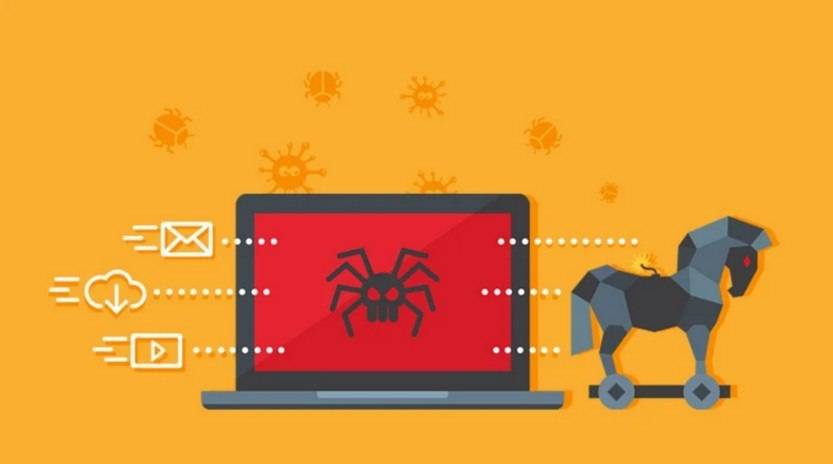Facebook has become an integral part of our lives, connecting us with friends and family, sharing memories, and providing a platform for communication. However, with its immense popularity, it has also become a breeding ground for cybercriminals who seek to exploit unsuspecting users. One of the most common threats on Facebook is phishing scams, which can lead to identity theft, financial loss, and other serious consequences. In this article, we will explore what Facebook phishing scams are, how they work, and most importantly, how you can protect yourself from falling victim to them.

What is a Facebook Phishing Scam?
A Facebook phishing scam is a fraudulent attempt to obtain sensitive information, such as usernames, passwords, credit card details, or other personal information, by posing as a trustworthy entity on the social media platform. These scams often involve fake login pages or deceptive messages that trick users into revealing their credentials or clicking on malicious links.
How the Scam Works
Phishing scams on Facebook can take various forms, but they typically follow a similar pattern. Here’s a step-by-step breakdown of how a typical Facebook phishing scam works:
- The scammer creates a fake Facebook login page that closely resembles the legitimate login page.
- The scammer then sends out phishing messages or posts on Facebook, enticing users to click on a link.
- When users click on the link, they are redirected to the fake login page.
- Unsuspecting users enter their login credentials, believing they are logging into their Facebook accounts.
- The scammer captures the entered credentials and gains access to the victim’s account.
- The scammer can now use the compromised account for various malicious activities, such as spreading spam, sending phishing messages to the victim’s contacts, or even conducting financial fraud.
It’s important to note that phishing scams can also occur through direct messages, where scammers impersonate someone you know and trust. They may send you a message with a link that appears innocent but leads to a fake login page.
Recognising Facebook Phishing Scams
Recognising a Facebook phishing scam can be challenging, as scammers have become increasingly sophisticated in their techniques. However, there are some telltale signs that can help you identify and avoid falling victim to these scams:
1. Check the URL
Before entering your login credentials, always check the URL of the website you are on. Legitimate Facebook login pages will always start with “https://www.facebook.com/”. Scammers often use URLs that resemble the real Facebook URL but with slight variations, such as “faceb00k.com” or “facebook-login.com”. Be vigilant and double-check the URL to ensure you are on the official Facebook website.
2. Look for HTTPS and Padlock Icon
Legitimate websites, including Facebook, use HTTPS encryption to secure the transmission of data. Look for the padlock icon in the address bar and ensure that the URL starts with “https://”. This indicates that the connection is secure and your data is encrypted. If the website does not have HTTPS or the padlock icon, it may be a phishing attempt.
3. Beware of Urgent or Suspicious Messages
Phishing scammers often use urgent or suspicious messages to create a sense of urgency and prompt users to take immediate action. Be cautious of messages that claim your account has been compromised, your password needs to be reset, or your account will be deleted if you don’t act quickly. Legitimate notifications from Facebook will always be available in your account settings, so avoid clicking on any suspicious links in such messages.
4. Check for Poor Grammar and Spelling
Many phishing scams originate from non-English speaking countries, resulting in poor grammar and spelling mistakes in their messages or fake login pages. Legitimate communications from Facebook are usually well-written and free of grammatical errors. If you notice any unusual language or mistakes, it’s a red flag that you may be dealing with a phishing scam.
5. Be Wary of Unusual Requests
Scammers often request unusual information or actions that Facebook would not typically ask for. For example, they may ask for your credit card details, social security number, or other personal information. Facebook will never ask for such sensitive information through messages or emails. If you receive any requests that seem out of the ordinary, it’s best to ignore them and report the account to Facebook.
What to Do If You Have Fallen Victim
If you have fallen victim to a Facebook phishing scam, it’s crucial to take immediate action to minimize the damage. Here are the steps you should follow:
1. Change Your Password
As soon as you realize you have been scammed, change your Facebook password immediately. This will prevent the scammer from accessing your account further. Choose a strong, unique password that includes a combination of letters, numbers, and special characters.
2. Enable Two-Factor Authentication
Enable two-factor authentication (2FA) on your Facebook account for an extra layer of security. This will require you to enter a verification code sent to your mobile device whenever you log in from an unrecognized device or location.
3. Check for Unauthorized Activity
Review your account activity and check for any unauthorized actions or changes made by the scammer. Look for suspicious posts, messages sent to your contacts, or any other unusual activity. If you find any, delete them and inform your contacts about the scam.
4. Report the Scam
Report the phishing scam to Facebook by using the “Report” feature available on the platform. This will help Facebook take appropriate action against the scammer and prevent them from targeting other users.
5. Scan for Viruses and Malware
After falling victim to a phishing scam, it’s essential to scan your device for viruses and malware that may have been installed by the scammer. Malwarebytes Free is a reliable antivirus










